With the development of the global construction industry, roofing materials are undergoing significant transformation. Traditional materials such as cement tiles, clay tiles, and metal roofs are increasingly unable to meet the diverse demands of modern buildings due to their heavy weight, fragility, and high maintenance costs. In this context, resin roof tiles have rapidly emerged as a new type of roofing material.
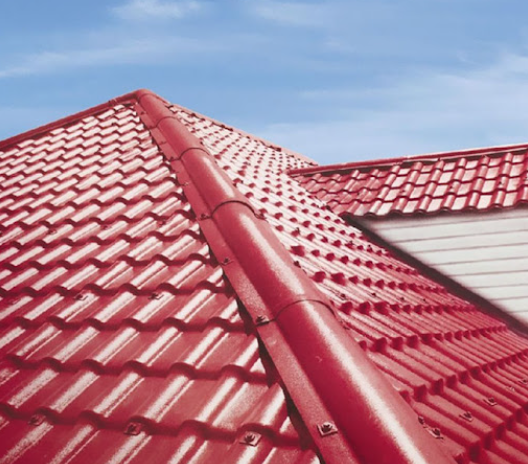
China-made ASA (Acrylonitrile Styrene Acrylate), PVC (Polyvinyl Chloride), and composite Chinese Resin Roof Tiles have attracted attention in both domestic and international markets due to their excellent weather resistance, lightweight design, and aesthetic appeal. These materials not only withstand extreme weather and extend service life but also offer significant advantages in terms of cost and ease of installation.
Material Introduction
1. ASA Roof Tiles
ASA roof tiles are a type of resin roofing material with excellent UV resistance, long-lasting color, and strong weather durability. They are commonly used for residential, villa, and commercial rooftops, maintaining stable color even under intense sunlight and heavy rain.
Key Features:
Excellent UV resistance
Stable colors that resist fading
Strong weather resistance, adaptable to different climates
Typical Applications:
Villas, residential rooftops, commercial building rooftops
2. PVC Roof Tiles
PVC roof tiles are lightweight, waterproof, and corrosion-resistant. They are commonly used in industrial plants and warehouses and are also suitable for residential roofing. Their lightweight nature reduces structural load, while their ease of installation lowers maintenance costs.
Key Features:
Lightweight, easy to transport and install
Excellent waterproofing and corrosion resistance
Short installation period, reducing construction costs
Typical Applications:
Industrial plant rooftops, warehouse rooftops, residential rooftops
3. Composite Resin Roof Tiles
Composite resin roof tiles combine high durability with strong wind and rain resistance, suitable for long-term use in high and low temperatures or extreme climates. They are ideal for coastal areas, harsh climates, and renovation or retrofitting projects.
Key Features:
High durability
Strong resistance to wind and rain
Adaptable to extreme temperatures and climates
Typical Applications:
Coastal areas, extreme climate regions, industrial plants, residential renovation projects
Core Performance Comparison
1. UV Resistance and Color Stability
Compared with traditional cement and clay tiles, resin roof tiles offer superior UV resistance. Under long-term sunlight exposure, ASA and PVC roof tiles maintain color far better than traditional tiles, requiring minimal maintenance.
The table below shows the UV resistance rating and color retention period of different roofing materials:
| Material Type | UV Resistance Rating | Color Retention (Years) | Suitable Environment |
|---|---|---|---|
| ASA Resin Tiles | High | 10–15 | High sun exposure areas, residential, villas |
| PVC Resin Tiles | Medium-High | 8–12 | Industrial plants, warehouses |
| Composite Resin Tiles | High | 12–15 | Coastal areas, extreme climate regions |
| Cement Tiles | Low | 3–5 | Mild climates, require regular renovation |
| Clay Tiles | Medium | 5–8 | Standard residential, color fades easily |
2. Wind and Rain Resistance / Weather Durability
Resin roof tiles can withstand strong winds, heavy rain, and extreme temperature fluctuations, whereas traditional tiles are fragile, prone to cracking, and costly to maintain. Experimental data show that ASA and composite resin tiles remain intact without noticeable cracks in temperatures ranging from -40℃ to +80℃.
Case studies indicate that buildings with resin roof tiles in typhoon-prone areas experience significantly lower roof damage rates compared with those using cement or clay tiles.
3. Lightweight and Installation Convenience
Resin roof tiles weigh only 50–70% of traditional cement tiles, reducing structural load and improving installation safety.
| Material Type | Weight per m² | Weight vs. Cement Tiles | Installation Period |
|---|---|---|---|
| ASA Resin Tiles | 7–10 kg/m² | ~50% | 2–3 days / 100 m² |
| PVC Resin Tiles | 6–9 kg/m² | ~55% | 2 days / 100 m² |
| Composite Resin Tiles | 8–12 kg/m² | ~60% | 2–4 days / 100 m² |
| Cement Tiles | 15–20 kg/m² | — | 4–6 days / 100 m² |
Installation is fast and convenient, significantly reducing labor costs and construction time.
4. Cost Advantages
Although the initial purchase cost may be slightly higher than ordinary cement tiles, resin tiles offer long-term cost savings due to their durability and low maintenance requirements.
Low maintenance costs: Resistant to cracking and fading, reducing renovation frequency
Long lifespan: Resin roof tiles can last over 15 years
High overall ROI: Save on long-term maintenance and renovation costs
Aesthetic and Design Advantages
In modern architectural design, roofs are not only functional but also play a key role in the building's overall aesthetics. Compared with traditional cement or clay tiles, China-made ASA, PVC, and composite resin roof tiles offer clear advantages in appearance and design flexibility.
1. Rich Color Options
Resin roof tiles use color masterbatch technology to precisely control color, ensuring uniformity across all tiles. Available colors include classic red, brown, black, gray, as well as various textures mimicking natural stone or wood. Even with prolonged sun exposure, the tiles retain stable color, minimizing fading issues.
2. Variety of Textures and Surface Treatments
- Antique tile effect: Surface textures mimic traditional ceramic or cement tiles for a classic vintage look.
- Modern flat effect: Smooth surfaces with clean lines, suitable for contemporary minimalist designs.
- Stone/wood grain effect: Realistic imitation of natural stone or wood, offering high-end visual effects while avoiding fragility or fading common in natural materials.
This variety allows architects to fully exercise creativity during design, integrating the roof seamlessly with the building's overall style.
3. High Realism and Visual Harmony
Resin tiles simulate the 3D texture and gloss of natural materials, preserving the look of traditional tiles while benefiting from modern manufacturing advantages. Whether for classical villas, modern residences, or commercial buildings, resin tiles harmonize with walls, facades, and surrounding environments, enhancing the building's visual appeal.
4. Customizable Designs
For personalized projects, some resin tile manufacturers offer customization:
- Color customization: Tailor tile colors to match design plans and architectural style.
- Size customization: Adjust tile sizes according to roof slope and area for optimized installation and visual effect.
- Pattern customization: Add specific textures or logos on the tile surface for unique branding or artistic effect.
5. Durability with Aesthetics
Traditional tiles often trade off aesthetics for durability. Resin roof tiles maintain color, texture, and appearance while offering high weather resistance and UV protection. Even under prolonged exposure to sunlight, rain, or high-salt coastal environments, the tiles remain vibrant, reducing maintenance costs and extending overall roof life.
Case Reference:
In upscale residential areas and villa projects, ASA and composite resin tiles are widely used, combining traditional architectural styles with modern construction technology. Roofs appear orderly, aesthetically pleasing, and durable. Architects note that resin tiles not only enhance visual appeal but also provide greater installation flexibility and long-term reliability.
Environmental Friendliness and Sustainability
In modern construction, environmental protection and sustainability have become key considerations in material selection. China-made ASA, PVC, and composite resin roof tiles not only excel in performance but also demonstrate outstanding environmental benefits, providing effective solutions for green building and sustainable development.
1. Recyclable Materials
Resin roof tiles are primarily made of ASA, PVC, or composite materials, which can be recycled and reused at the end of their service life. Unlike traditional cement or clay tiles, which are typically single-use, resin tiles'recyclability reduces construction waste and environmental impact.
Circular reuse: Used resin tiles can be crushed, reprocessed into pellets, and remade into roofing tiles or other plastic products.
Reduced landfill pressure: Long-term use of resin tiles helps lower construction waste output and improves resource utilization efficiency.
2. Long Lifespan Reduces Replacement Frequency
Resin roof tiles feature high weather resistance and UV protection, maintaining structural integrity and color stability over long periods. Compared to traditional tiles that are prone to cracking, fading, or weathering, resin tiles'longer lifespan reduces the environmental impact caused by frequent replacement.
Durability: Typical lifespan exceeds 30 years, reducing building maintenance and replacement needs.
Wind and rain resistance: Can withstand extreme weather, minimizing construction waste from roof repairs.
3. Low-Energy Manufacturing Process
Some Chinese resin tile manufacturers use advanced energy-saving equipment and production processes, reducing energy consumption and emissions during manufacturing. Compared with high-temperature firing of cement or clay tiles, resin tile production has a smaller environmental footprint.
Energy-saving and emission reduction: Less CO₂ output, helping mitigate greenhouse effects.
Green manufacturing: Complies with multiple environmental protection standards, supporting green building certifications such as LEED or BREEAM.
4. Environmentally Safe Materials
The raw materials used in resin roof tiles meet food-grade or environmental standards, free of heavy metals and harmful chemicals, ensuring that both construction and usage are safe for humans and the environment.
Safe and eco-friendly: Free of BPA, lead, and harmful VOCs.
Non-polluting installation: No dust or harmful gases generated during installation, creating a greener construction site.
5. Contribution to Green Buildings
Resin roof tiles help buildings achieve energy-efficient and sustainable goals:
Reflect solar heat: Light-colored resin tiles reflect sunlight, reducing roof heat absorption and lowering air-conditioning energy consumption.
Reduce rainwater pollution: Smooth surfaces minimize pollutants washed into rainwater, benefiting rainwater collection systems.
Suitable Applications
Resin roof tiles are suitable for a variety of building types and environments:
Residential and villa rooftops: Attractive, lightweight, and weather-resistant
Industrial buildings: Corrosion-resistant, waterproof, and easy to install
High-temperature, high-humidity, or coastal areas: UV-resistant and wind/rain-proof
Renovation and retrofit projects: Lightweight design reduces structural modification costs
Why Choose Chuanyabuilding China-Made Resin Roof Tiles?
China-made ASA, PVC, and composite resin roof tiles offer the following comprehensive advantages:
Strong weather resistance: Adaptable to various climates, with long-lasting color stability
Lightweight design: Reduces roof structural load and facilitates installation
Low maintenance cost: High durability reduces long-term maintenance and renovation expenses
Aesthetic diversity: Wide range of colors and textures to match different architectural styles
Environmentally friendly and sustainable: Recyclable materials that align with green building concepts
These features make resin roof tiles widely applicable in residential, villa, industrial, and renovation projects, establishing them as an important choice for modern roofing materials.









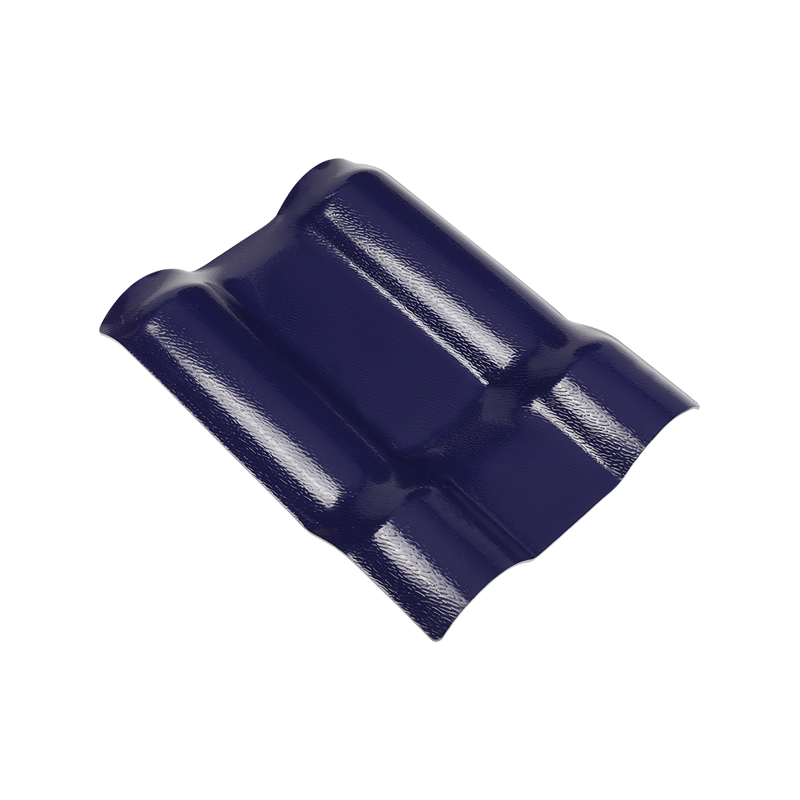


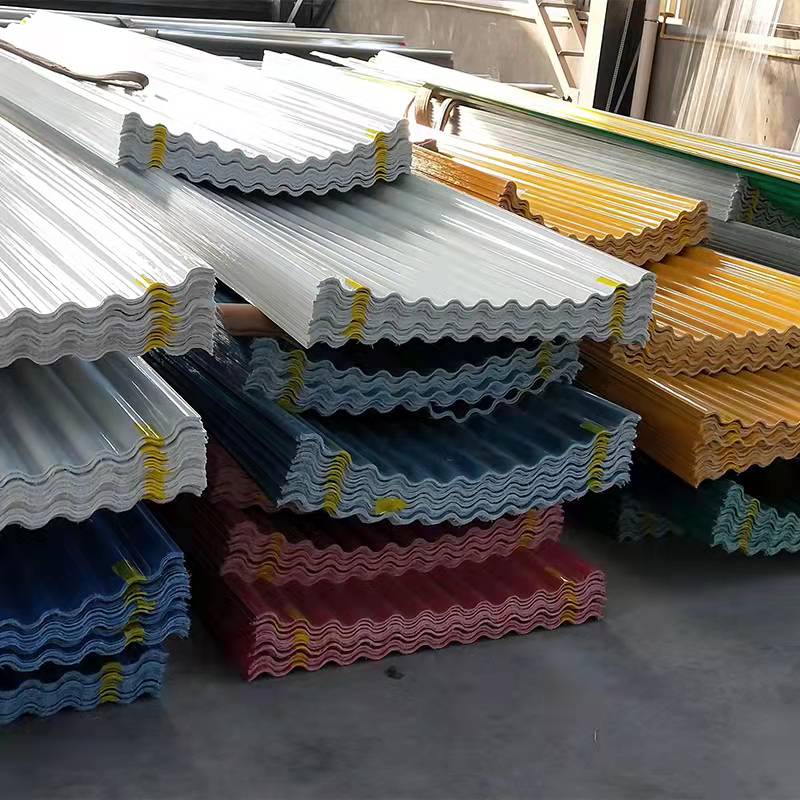
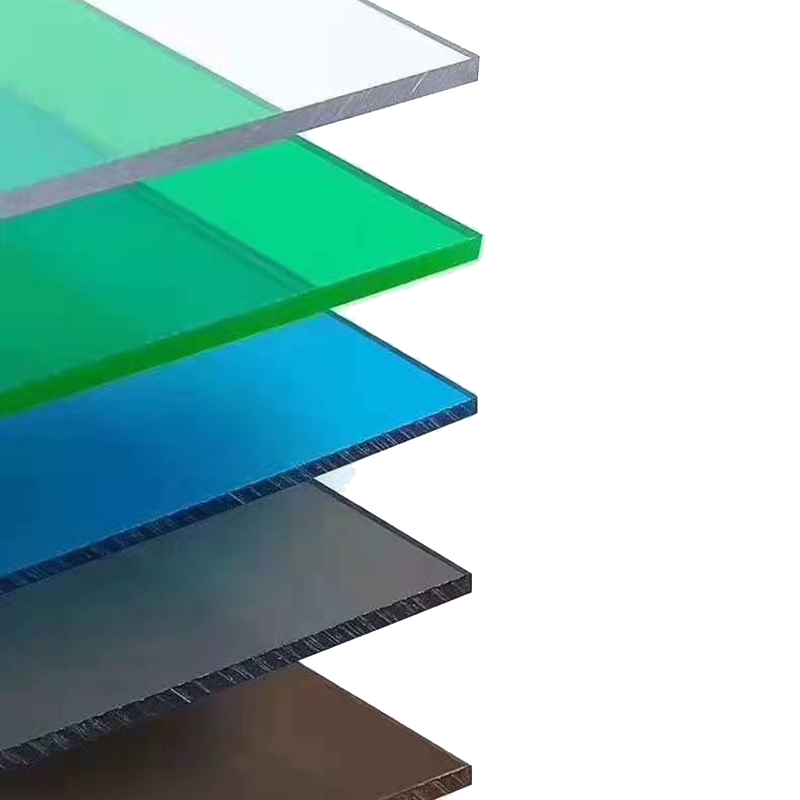

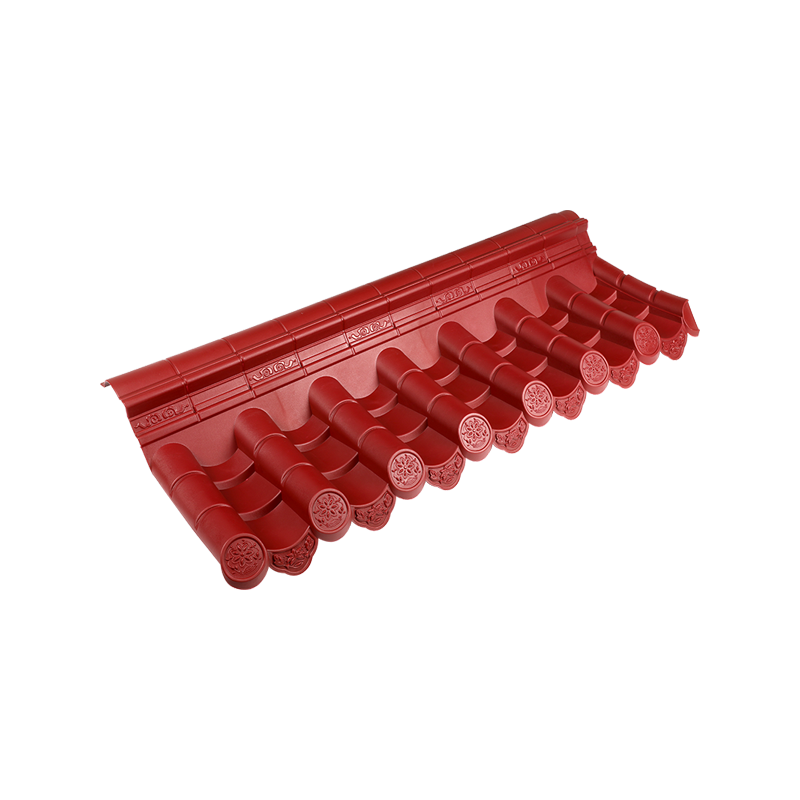


 Email:
Email: Phone:
Phone: Adress:
Adress: